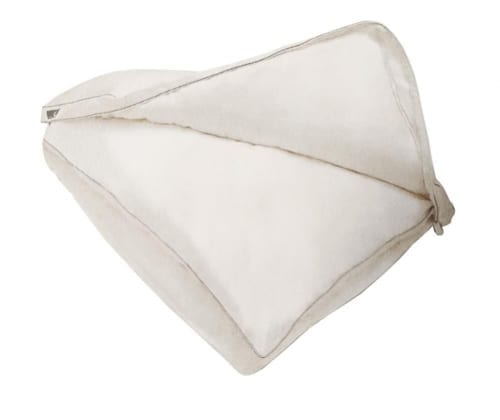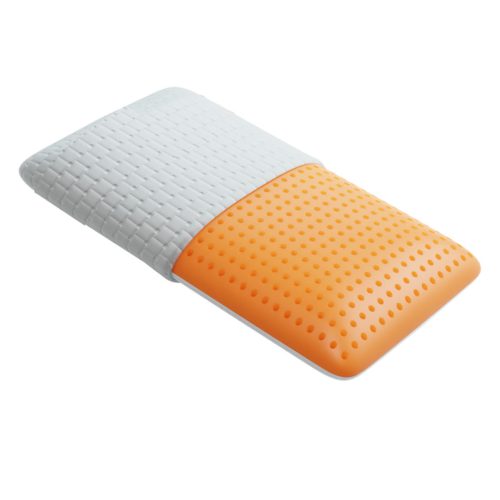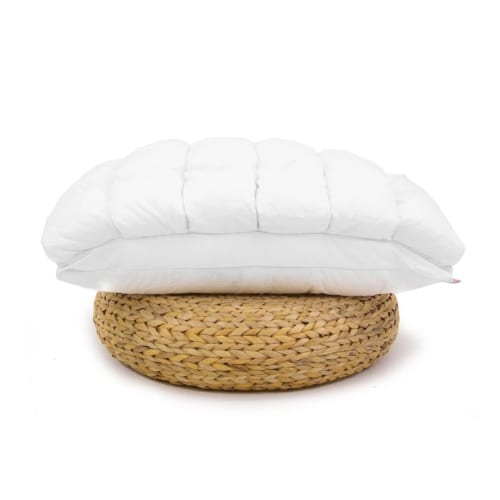
Maintaining a clean and hygienic sleep environment is crucial for our overall health and well-being. One of the most critical aspects of this is ensuring our bedsheets are washed regularly. However, the question of how often we should be changing our sheets often leads to confusion and uncertainty. In this comprehensive guide, we’ll delve into the expert recommendations, factors to consider, and best practices for keeping your bedsheets in top-notch condition.
The Standard Recommendation: Weekly Washing
According to the consensus of leading experts in the field, the general recommendation is to wash your bedsheets on a weekly basis. Tricia Rose, the founder of the textile company Rough Linen, advises that “Once a week is standard” for keeping sheets looking and feeling as fresh as possible, regardless of the fabric type, be it silk, sateen, or cotton.
Shelby Harris, MD, the Director of Sleep Health at Sleepopolis, echoes this sentiment, stating that “Regular washing, or about once every one to two weeks, is recommended to maintain cleanliness and a healthy sleep environment.” This frequency helps to eliminate the buildup of dirt, oils, bacteria, and other undesirable elements that can accumulate over time.
Factors That Influence Washing Frequency
While the weekly or bi-weekly guideline is a good starting point, there are several factors that can impact the optimal washing schedule for your bedsheets:
Hygiene Habits
Your personal hygiene routine plays a significant role in how quickly your bedding becomes soiled. If you shower in the evening before bed, your sheets are likely to stay cleaner for longer compared to someone who washes up in the morning. Additionally, the amount you perspire during sleep can also influence the rate at which your sheets need to be changed.
Number of Occupants and Pets
The more people and pets that share your bed, the more quickly it will become dirty. As Tricia Rose notes, “If you share a bed, it gets twice the wear.” Pet hair, dander, and any dirt or debris they bring in from outside can contribute to the need for more frequent sheet washing.
Bedding Material
The fabric of your sheets can also affect the recommended washing frequency. For example, linen sheets tend to be more durable and resistant to dirt than cotton, allowing you to get away with bi-weekly washing if you don’t sweat excessively or share your bed.
Illness or Allergies
In the event of illness or if you or a family member suffers from allergies, it’s advisable to wash all bedding more frequently to prevent the spread of germs and the exacerbation of allergy symptoms.
The Importance of Pillowcases
While the focus is often on the sheets themselves, pillowcases deserve special attention when it comes to washing frequency. Dermatologist Rachael Nazarian, MD, emphasizes that “It’s important to regularly clean bedsheets, but most especially our pillowcases, as they are constantly coming in contact with various components of our body and can transfer to delicate areas such as our eyelids, occluding and blocking glands, and leads to irritation and inflammation.”
During sleep, oils, bacteria, sweat, and even saliva from our faces can accumulate on the pillowcase, potentially leading to skin irritation, acne, and even infection. Nazarian recommends washing pillowcases at the same time as the sheets, or at least once per week.
Proper Washing Techniques
To ensure your bedsheets are truly getting clean, it’s important to follow the right washing techniques. This includes:
Pretreating Stains
Before washing, use a stain remover like Zout or OxiClean to pretreat any visible stains. This helps lift and remove tough marks before the main wash cycle.
Selecting the Right Water Temperature
For general washing, cold water is ideal to preserve the fabric and color of your sheets. However, warmer water may be necessary for disinfecting purposes or to tackle stubborn stains.
Avoiding Fabric Softeners
While fabric softeners may seem appealing, they can actually leave a residue that reduces the breathability and absorbency of your sheets over time. It’s best to avoid using them or limit their use.
Drying on Low Heat
When it comes to drying, the lowest heat setting is recommended to prevent shrinkage and damage to the sheet fibers. This helps extend the lifespan of your bedding.
Caring for the Rest of Your Bedding
Sheets are not the only components of your bedding that require regular attention. Other items, such as duvet covers, mattress pads, and comforters, also need to be washed to maintain a clean and healthy sleep environment.
Duvet Covers
Duvet covers can be washed less frequently than sheets, as they don’t come into direct contact with your body. If you use a top sheet, Tricia Rose suggests washing the duvet cover once a month.
Mattress Pads
Mattress pads should be cleaned every three to four months, as they sit beneath the fitted sheet and don’t accumulate as much dirt and debris.
Comforters
Comforters can be washed the least frequently, with recommendations ranging from once a month (if you use a top sheet) to once a week (if you don’t). For down or synthetic comforters, machine washing is generally fine, while wool or silk varieties may require dry cleaning.
The Consequences of Neglecting Bedsheet Washing
Neglecting to wash your bedsheets regularly can have serious consequences for your health and well-being. According to Purvi Parikh, MD, an allergist and immunologist, “If you don’t wash your sheets regularly, they can accumulate dirt, skin cells (which dust mites feed off), dust mites, and mold. This can cause allergies, asthma as well as skin infections and acne.”
Shelby Harris, MD, adds that this can also lead to sleep disturbances, fungal growth, and even bed bug infestations. While severe outcomes are not common, maintaining a consistent washing routine is crucial for promoting a healthy and comfortable sleep environment.
Conclusion
Keeping your bedsheets fresh and hygienic is an essential part of maintaining a clean and healthy living space. By following the expert recommendations of washing sheets weekly or bi-weekly, and considering factors like personal hygiene, the number of occupants, and bedding materials, you can ensure your sleep sanctuary remains a sanctuary. Remember to also pay close attention to pillowcases and the rest of your bedding, and employ the right washing techniques to get the most out of your linens. By prioritizing this simple yet crucial task, you can enjoy a better night’s sleep and improved overall well-being.






